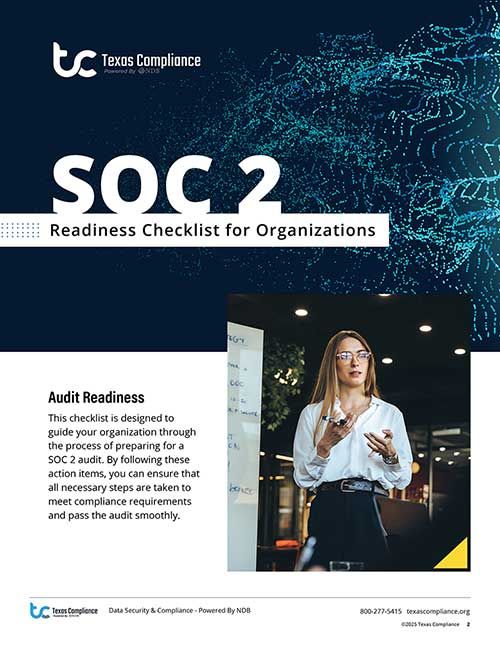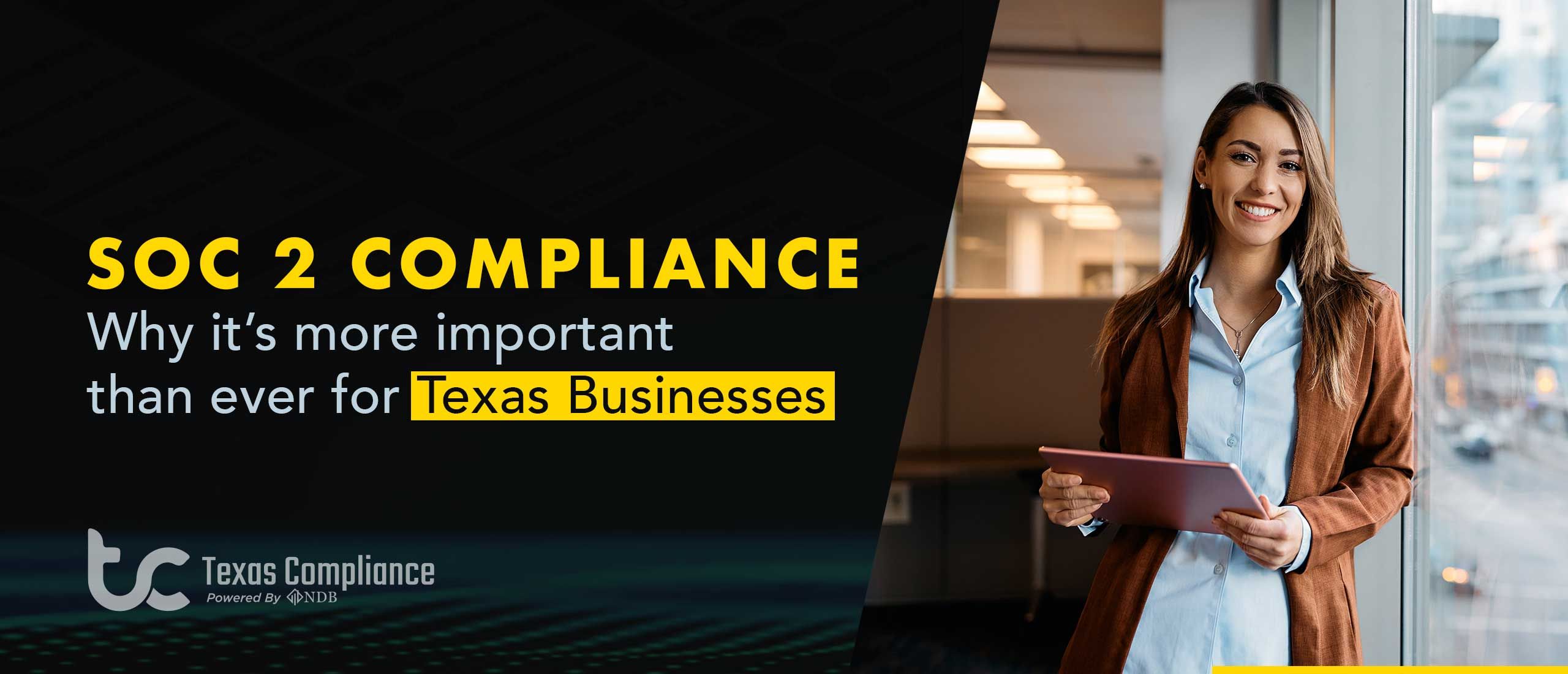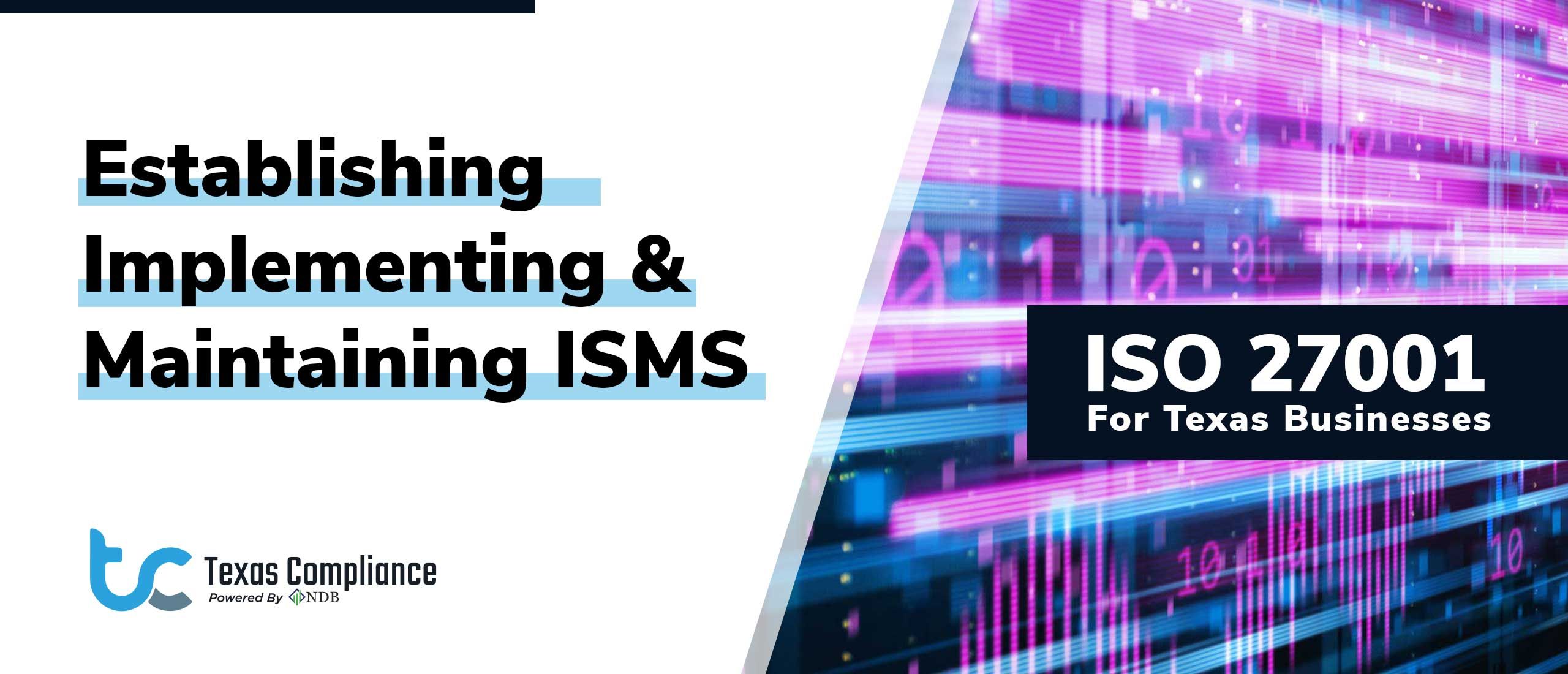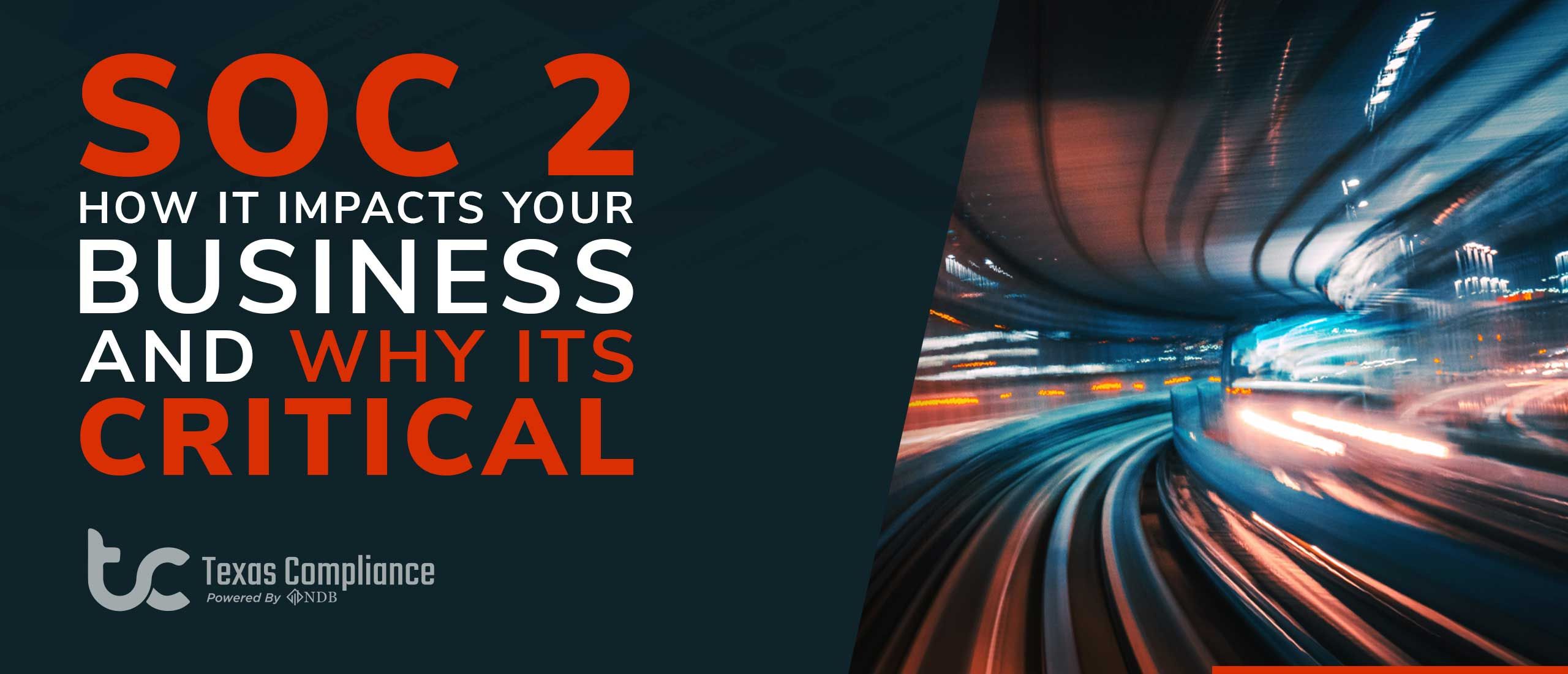SOC 2 Audits Google Cloud Platform
SOC 2 Audit Services for GCP
NDB is a leading provider of SOC 2 audits for Texas service organizations operating in the Google Cloud Platform (GCP) cloud environment. While Amazon AWS and Microsoft Azure are seen as the two dominant cloud players, GCP is on the move, gaining traction, market share, and visibility as viable option to the current cloud heavyweights. Thousands of businesses across Texas are utilizing GCP for their cloud computing needs, with many of these actual entities requiring SOC 2 and SSAE 18 SOC 1 compliance audits. NDB can help as we offer fixed-fee SOC audits for SOC 1, SOC 2, and SOC 3 for Texas businesses.
Texas’ Leading Provider for SOC 2 Reporting for Azure Users
NDB is Texas’ leading provider of fixed-fee SOC 2 audit services for service organizations operating in the Google Cloud Platform (GCP) environment. Wherever you’re located in the Lone Star State – Austin, Dallas, Houston, San Antonio, and other surrounding areas – NDB offers the following SOC 2 services to Texas businesses using GCP:
Scoping & Readiness Assessments:
Kicking your SOC 2 audit off the right way begins by performing a much-needed scoping & readiness assessment. Why? Because you’ll want to properly scope out important issues and topics before the commencement of your audit. Specifically, you’ll want to determine the following:
-
Business Process: What actual business processes are to be included in the scope of your SOC 2 audit? For example, is it your entire business offering or just a specific subset?
-
Facilities: What facilities – outside of the Google Cloud Platform – are to be included in the scope of the audit? Do you have other offices and/or locations that need to be assessed to?
-
Personnel: Who is going to help facilitate the audit internally? Also, what personnel need to be involved in actual testing of controls with auditors?
-
Third-Parties: What third-parties – outside of the Google Cloud Platform – are to be included in the scope of the audit? For example, do you utilize managed security services providers, off-site media storage facilities, overseas software developers, etc.?
-
Gaps and Remediation: What weaknesses exist within one’s internal controls? Commonly found areas requiring remediation are (1). Documentation. (2). Security configurations. (2). Operational Initiatives. Let’s take a look at each of these three (3) “problem” areas. First, as for documentation, organizations are always lacking in terms of having comprehensive information security policies and procedures in place. After all, companies find that developing InfoSec documentation is never really high on the “to do” list. This, however, has to change as SOC 2 audits – and other regulatory compliance mandates – require a healthy dose of policies and procedures.
As for security configurations, often a SOC 2 scoping & readiness assessment will unearth a number or issues, such as weak password parameters, poorly configured information systems, a lack of various security tools, and more. This can create both budget and implementation challenges as such tools have to be purchased, configured, and then maintained.
Lastly, let’s not forget about the numerous operational initiatives, such as performing corporate-wide risk assessments, undertaking an annual risk assessment, developing a documented and workable Business Continuity & Disaster Recovery /Contingency Plan (BCDRP/CP). NDB can assist with all aspects of remediation, from policy development to sourcing various security tools and solutions that work for the Google Cloud Platform.
-
A Roadmap that Works: When properly executed by competent personnel, a SOC 2 scoping& readiness assessment will lay the groundwork for a highly efficient audit process. You’ll get the answers you need for planning and preparing for SOC 2 success. You’ll also get a proven roadmap on what it takes to become SOC 2 compliant – specifically – dates for deliverables, such as for remediation, testing, report review, closing meetings, and more. More than anything, you’ll have structure in place, and that’s a good thing in today’s world of regulatory compliance.
Internal Control Remediation
Businesses will find that three (3) types of internal control remediation activities will have to performed prior to the commencement of one’s SOC 2 audit. They are the following: (1). Security Tools and Solutions. (2). Documentation Requirements. (3). Operational Initiatives. Regarding security tools and solutions, think anti-virus, two-factor authentication, audit logging and monitoring – and that’s just the tip of the iceberg. As for documentation, think information security policies and procedures, and other supporting documents. Lastly, as for operational initiatives, think security awareness training, risk assessments, business continuity and disaster recovery planning, and more.
Every business undergoing a SOC 2 assessment in the Google Cloud Platform will no doubt have some type of remediation to perform, no question about it.
Type 1 and Type 2 Reporting: We provide both SOC 2 Type 1 and SOC 2 Type 2 reporting for fixed fees for businesses operating in the Google Cloud Platform. If you’ve never performed a SOC 2 audit, then beginning with a SOC 2 Type 1 is generally the best first step. Talk to the SOC 2 experts today and learn more about our proven process for becoming compliant. As for compliance, it’s here to stay, which means finding a proven, reputable, and well-known firm is now more important than ever. NDB is that very firm.
Continuous Compliance Reporting: Long after the auditors have packed their bags and headed to another engagement, there’s still work to be done. Specifically, one needs to monitor their internal controls on a regular basis for ensuring they’re operating as designed. That means reviewing, assessing, and enhancing your policies, procedures, and processes on a regular basis – a concept known as “continuous monitoring”. NDB can assist with such measures, helping you save both time and money with ongoing regulatory compliance reporting requirements.
Additional Complimentary Services: NDB offers numerous other services for businesses operating in the Google Cloud Platform that also need to become SOC 2 compliant. Specifically, we can assist with all facets of remediation, such as policy and procedures writing, sourcing security tools and solutions, and much more. Additionally, we can help in implementing the various security tools and solutions needed for compliance. If you’re using the Google Cloud Platform, are a business in Texas, and need to become SOC 2 compliant (or even SOC 1 SSAE 18 compliant), then get to know the security experts at NDB today.
Google Cloud Platform (GCP) Architecture Overview
Per Google, the “GCP consists of a set of physical assets, such as computers and hard disk drives, and virtual resources, such as virtual machines (VMs), that are contained in Google's data centers around the globe”. Source: https://cloud.google.com/docs/overview/
As such, each data center location is in a global region, for which regions include Central US, Western Europe, and East Asia. Each region is a collection of zones, which are essentially isolated from each other within the region. Furthermore, each zone is identified by a name that combines a letter identifier with the name of the region.
This distribution of resources provides several benefits, such as redundancy in case of failure and reduced latency by locating resources closer to clients. This distribution also introduces some rules about how resources can be used together.
Accessing Resources Through Services
According to Google, they state the following: “In cloud computing, what you might be used to thinking of as software and hardware products, become services.” Therefore, these services provide access to the underlying resources. The list of available GCP services is long, and it keeps growing, thus, when customers deploy services and use the GCP, they essentially mix and match these services into combinations that provide the infrastructure necessary, then adding code to enable the scenarios they – the customers – want to build.
Global, Regional, and Zonal Resources
Some resources can be accessed by any other resource, across regions and zones. These global resources include pre-configured disk images, disk snapshots, and networks. Some resources can be accessed only by resources that are located in the same region. These regional resources include static external IP addresses. Other resources can be accessed only by resources that are located in the same zone. These zonal resources include VM instances, their types, and disks.
- SOC 1 SSAE 18 Readiness Assessments
- SOC 1 Remediation
- SOC 1 SSAE 18 Audits
- SOC 1 SSAE 18 Type 1 Audits
- SOC 1 SSAE 18 Type 2 Audits
- SOC 2 Readiness Assessments
- SOC 2 Remediation
- SOC 2 Type 1 Audits
- SOC 2 Type 2 Audits
- SOC 2 Audits for AWS Hosted Environments
- SOC 2 Audits for Microsoft Azure Hosted Environments
- SOC 2 Audits for Google Cloud Platform (GCP) Hosted Environments
- SOC 2 HIPAA
- SOC 2 Audits Other Platforms
- SOC 3 Audits

Audit Readiness Checklist
When it comes to fixed-fee pricing, high-quality audit services and attention to detail, NDB is the unquestioned leader for SOC compliance services.
Download our free SOC Sprint Guide and let's discuss your compliance needs.


